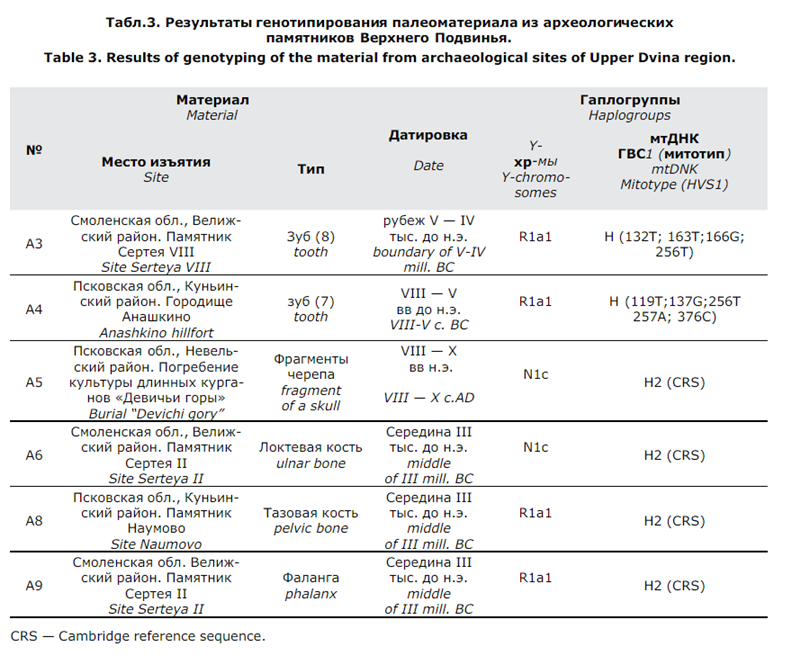Domen
Misico dux Vandalorum
Generally, the movie is IMO too metaphorical and difficult to understand by non-specialist - I feel I don't understand about half of allegories there.
Maybe knowing this Bashkir epic story on which it is based would help.
West Babylon part probably refers to prehistoric early migration from Siberia to the Middle East - since the oldest found so far ancestor of R1 as well as R2 haplogroups is the 24,000 years old Mal'ta boy (link: http://www.bbc.com/news/science-environment-25020958), buried near Mal'ta in south-central Siberia. But that is not the main part of the story, because those very ancient migrants rather had not been ancestors of vast majority of modern R1a (and R1b probably too), unless they later migrated back towards the north (see below).
Later the video mentions a bottleneck of R1a, and it refers to the fact that although R1a is much older than the 4th millennium BC, almost all of modern people belonging to R1a haplogroup - 99% (2893 out of a sample of 2923 from Eurasia) - belong to R1a1a1 M417 branch, all of which is descended (paternally) from one single male ancestor, who lived in the 4th millennium BC. Let's add that descendants of that single male who lived in the 4th millennium BC quickly increased in numbers and expanded territorially, because already at the turns of the 3rd and 2nd millennia BC (around year 2000 BC) they could be found from eastern Germany (Corded Ware culture) to western China (Tarim Basin).
So during just a dozen or so centuries descendants of that M417 person dispersed across entire Eurasia.
More about this here:
http://forums.civfanatics.com/showpost.php?p=13704808&postcount=7
As for Bashkirs, around 73% - 74% of them carry R1 haplogroup - including both R1b and R1a.
Bashkirs are a Turkic-speaking ethnic groups, but with mostly Indo-European Bronze Age and Iron Age paternal ancestors, who underwent Turkification later. Bashkirs in terms of Y-DNA are 47% haplogroup R1b (which is a higher percent of R1b than, for example, among Germans) and 26% haplogroup R1a (in a sample of 471 individuals). They also have a substantial amount of N1 haplogroup - over 17%. This last haplogroup, N1, is most common among Turkic-speaking Yakuts (http://en.wikipedia.org/wiki/Yakuts), among whom frequency of N1 is between 75% and 100%, depending on region from which samples are collected and study.
They speak Turkic languages today, but have mostly Ancient Indo-European ancestors:
"(...) The Bashkirs physically and genetically have a mixture of European and Asiatic traits (...) Fedorova's team found them to be 60.7% Caucasian and 39.3% Mongoloid. (...) Bashkirs cannot be labelled either as typical Mongoloids or as Caucasoids. Thus, Bashkirs possess some alleles and haplotypes frequent in Mongoloids, which supports the Turkic impact on Bashkir ethnogenesis, but also possess the AH 8.1 haplotype, which could evidence an ancient Caucasoid population that took part in their ethnic formation. (...)"






 найдена у охотника-собирателя в верховьях Западной Двины возрастом 6000 - 5000 лет назад. Сведения об этом факте опубликованы (точнее сказать -похоронены
найдена у охотника-собирателя в верховьях Западной Двины возрастом 6000 - 5000 лет назад. Сведения об этом факте опубликованы (точнее сказать -похоронены



